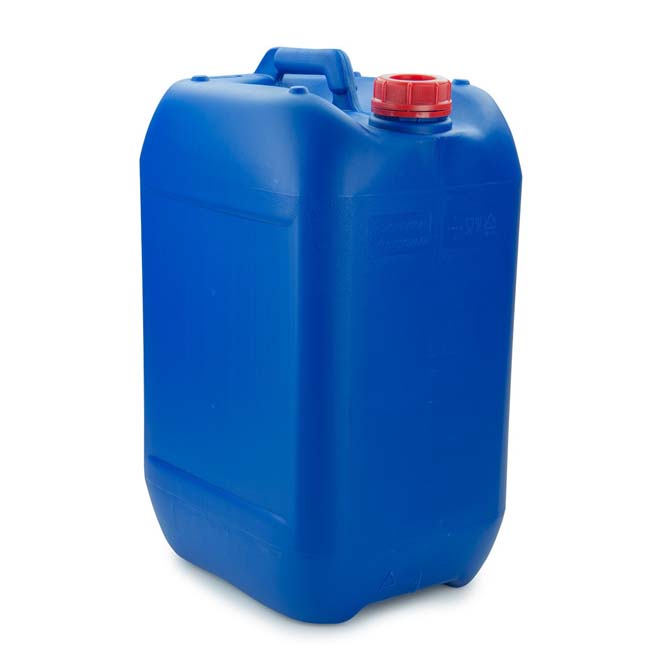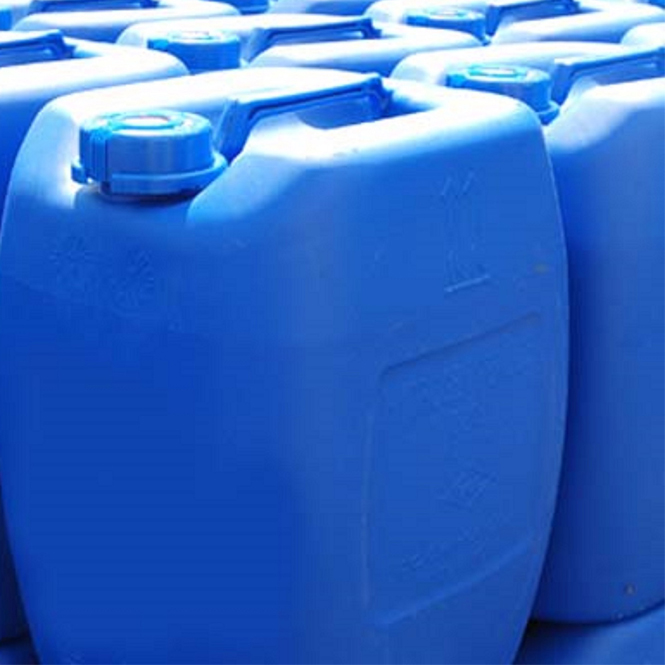
HOMEPRODUCTSChemical Product


Palm oil is an edible vegetable oil derived from the fruit of the oil palm tree (Elaeis guineensis). It is one of the most widely used and versatile vegetable oils in the world, serving various purposes in the food, cosmetic, and industrial sectors. The oil palm tree is native to West Africa but is now cultivated in tropical regions across the globe, with major production occurring in countries such as Malaysia and Indonesia.
Hydrogen peroxide acts as a powerful oxidizing agent and bleaching agent, making it useful in a variety of industries. Typical applications include water treatment, paper and textile industries, pharmaceutical and cosmetics production, as well as the synthesis of specialty chemicals and cleaning agents. It also safely detoxifies many industrial wastes. Technical grade hydrogen peroxide is also used in metal extraction and finishing.
Hydrogen peroxide is commercially available in 35%, 50%, 60%, and 70% concentrations to meet a wide range of industrial and laboratory requirements. These concentrations have been carefully formulated to meet the specific requirements of a variety of applications.
The physical properties of hydrogen peroxide depend on its concentration. It is a clear, colorless, viscous liquid with a slightly sharp odor. Additionally, hydrogen peroxide is sensitive to light and may decompose exothermically into water and oxygen over time. Decomposition is generally slow (<1%/year) and proceeds without temperature increase, but is accelerated by heat and decomposition catalysts, such as transition metals and their compounds, strong acids and strong alkalis.
| Typical Analysis | 35% | 50% | 60% | 70% |
|---|---|---|---|---|
| Concentration in water, % w/w | 35.0 - 35.5 | 50.0 - 50.3 | 60.0 - 60.3 | 70.0 – 70.5 |
| Apparent pH | 1.7 – 3.7 | 1.0 – 3.0 | 0.5 – 3.0 | 0.1 – 2.0 |
| Appearance | Clear, colorless liquid | Clear, colorless liquid | Clear, colorless liquid | Clear, colorless liquid |
Proper storage and handling of hydrogen peroxide is important to maintain its stability. The compound should be stored in an opaque container away from light and contaminants. Temperature control is essential to prevent decomposition. Adequate ventilation and compliance with safety instructions are essential during handling.
Hydrogen peroxide is a very safety-sensitive substance, so it is very important to follow accurate instructions and follow safety procedures. It is always recommended that you thoroughly familiarize yourself with relevant materials and safety training and, if necessary, seek professional help.
Before using, read Material Safety Data Sheet (MSDS) for this chemical.